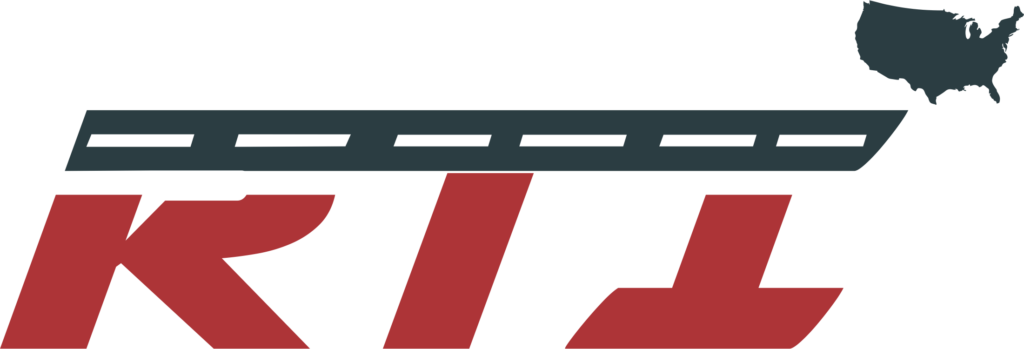The world of logistics can seem like a complex maze, especially for those just starting out. Whether you’re a small business owner, a supply chain enthusiast, or someone curious about how goods move from point A to point B, understanding the basics of logistics is essential. This guide will walk you through the fundamentals, helping you navigate the logistics landscape with confidence.
What is Logistics?
At its core, logistics is the process of planning, implementing, and controlling the efficient flow and storage of goods, services, and information from the point of origin to the point of consumption. It encompasses a wide range of activities, including transportation, warehousing, inventory management, order fulfillment, and supply chain coordination.
Key Components of Logistics
- Transportation: This is the backbone of logistics, involving the movement of goods via various modes such as road, rail, air, and sea. Choosing the right transportation method depends on factors like cost, speed, and the nature of the goods being transported.
- Warehousing: Warehouses play a crucial role in storing goods before they reach the end consumer. Effective warehousing strategies ensure that products are stored safely and can be retrieved quickly when needed.
- Inventory Management: This involves tracking and managing stock levels to ensure that there is enough inventory to meet demand without overstocking. Advanced inventory management systems use technology to provide real-time data and analytics.
- Order Fulfillment: This is the process of receiving, processing, and delivering orders to customers. Efficient order fulfillment is critical for customer satisfaction and can involve multiple steps, from picking and packing to shipping and returns.
- Supply Chain Coordination: Logistics is a key part of the broader supply chain, which includes suppliers, manufacturers, distributors, and retailers. Effective coordination among these entities ensures smooth operations and timely delivery of products.
The Role of Technology in Logistics
Modern logistics heavily relies on technology to enhance efficiency and accuracy. Here are some key technological advancements:
- Transportation Management Systems (TMS): Software that helps plan, execute, and optimize the physical movement of goods.
- Warehouse Management Systems (WMS): Tools that manage warehouse operations, from inventory tracking to order fulfillment.
- Internet of Things (IoT): Devices that provide real-time tracking and monitoring of goods in transit.
- Artificial Intelligence (AI) and Machine Learning: Algorithms that predict demand, optimize routes, and improve decision-making processes.
Our Office in LA: A Hub of Logistics Excellence
You might have heard about our office in Los Angeles—or maybe you haven’t, which is okay too, but not really, so let’s take a moment to talk about it. Our LA office is a central hub for our logistics operations, strategically located to serve as a critical node in the supply chain network. Here’s why it’s important:
- Strategic Location: Los Angeles is a major gateway for international trade, with the Port of LA being one of the busiest in the world. Our office’s proximity to this port allows us to efficiently handle imports and exports, reducing transit times and costs.
- State-of-the-Art Facilities: Our LA office is equipped with advanced warehousing and distribution facilities, ensuring that goods are stored and managed with the utmost care and efficiency.
- Expert Team: The team at our LA office comprises seasoned logistics professionals who bring a wealth of experience and expertise to the table. They are dedicated to providing top-notch service and innovative solutions to meet our clients’ needs.
- Sustainability Initiatives: In line with our commitment to sustainability, our LA office implements green practices such as energy-efficient systems, eco-friendly packaging, and optimized transportation routes to minimize environmental impact.
Tips for Beginners in Logistics
- Start Small: Begin by understanding the basics and gradually delve into more complex aspects as you gain experience.
- Leverage Technology: Utilize available tools and software to streamline operations and improve efficiency.
- Build Relationships: Establish strong connections with suppliers, carriers, and other stakeholders to ensure smooth operations.
- Focus on Customer Satisfaction: Efficient logistics operations directly impact customer satisfaction. Prioritize timely and accurate deliveries.
- Stay Informed: The logistics industry is constantly evolving. Stay updated on the latest trends, technologies, and best practices.
Conclusion
Navigating the logistics landscape may seem daunting at first, but with a solid understanding of the basics and the right tools, it becomes a manageable and even rewarding endeavor. Whether you’re managing a small business or exploring a career in logistics, the key is to stay informed, leverage technology, and focus on efficiency and customer satisfaction.
And if you haven’t heard about our office in LA, now you know—it’s a cornerstone of our logistics operations, embodying the principles of efficiency, innovation, and sustainability. As you embark on your logistics journey, remember that every successful supply chain starts with a single step, and we’re here to help you take that step with confidence.
